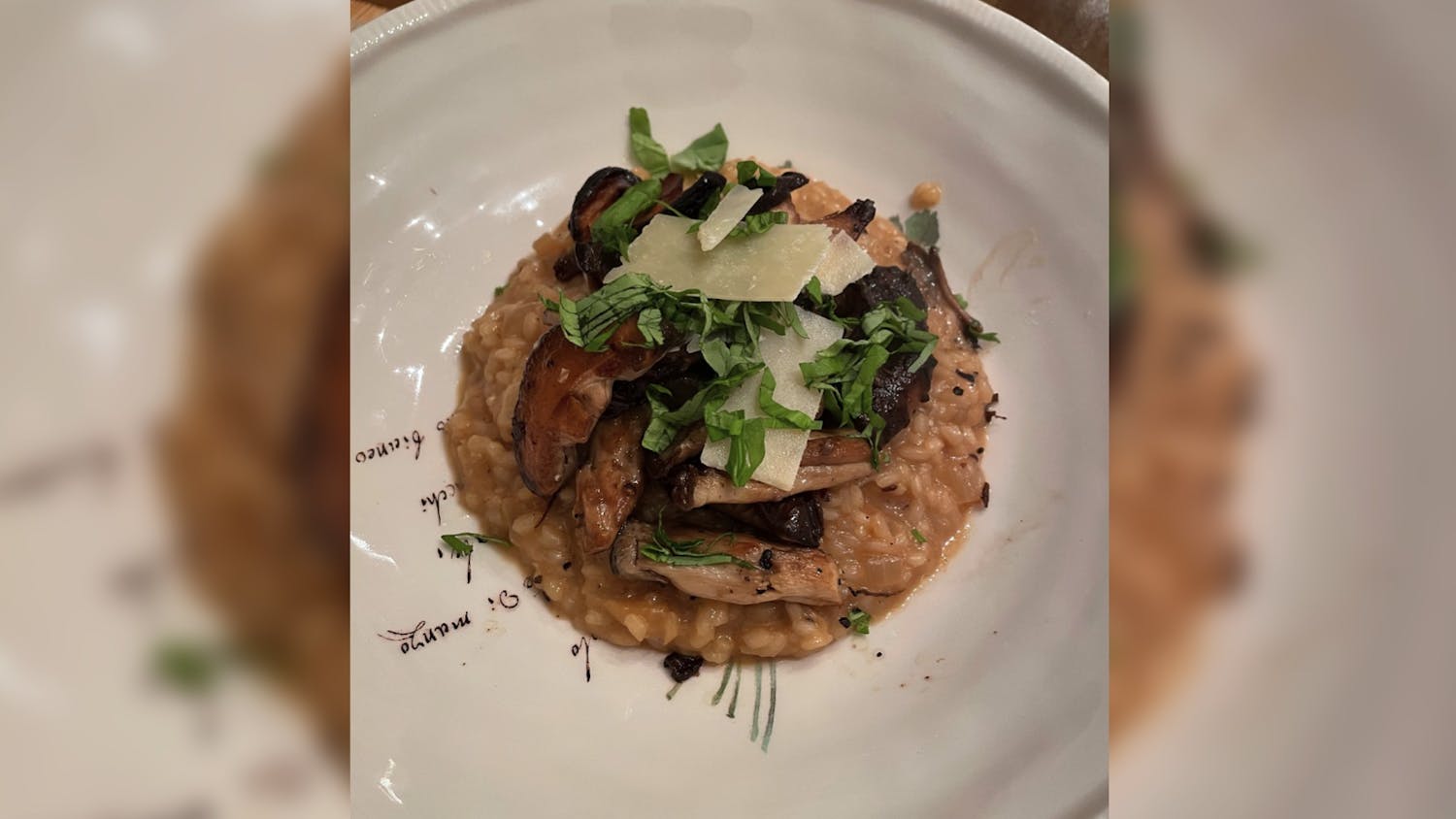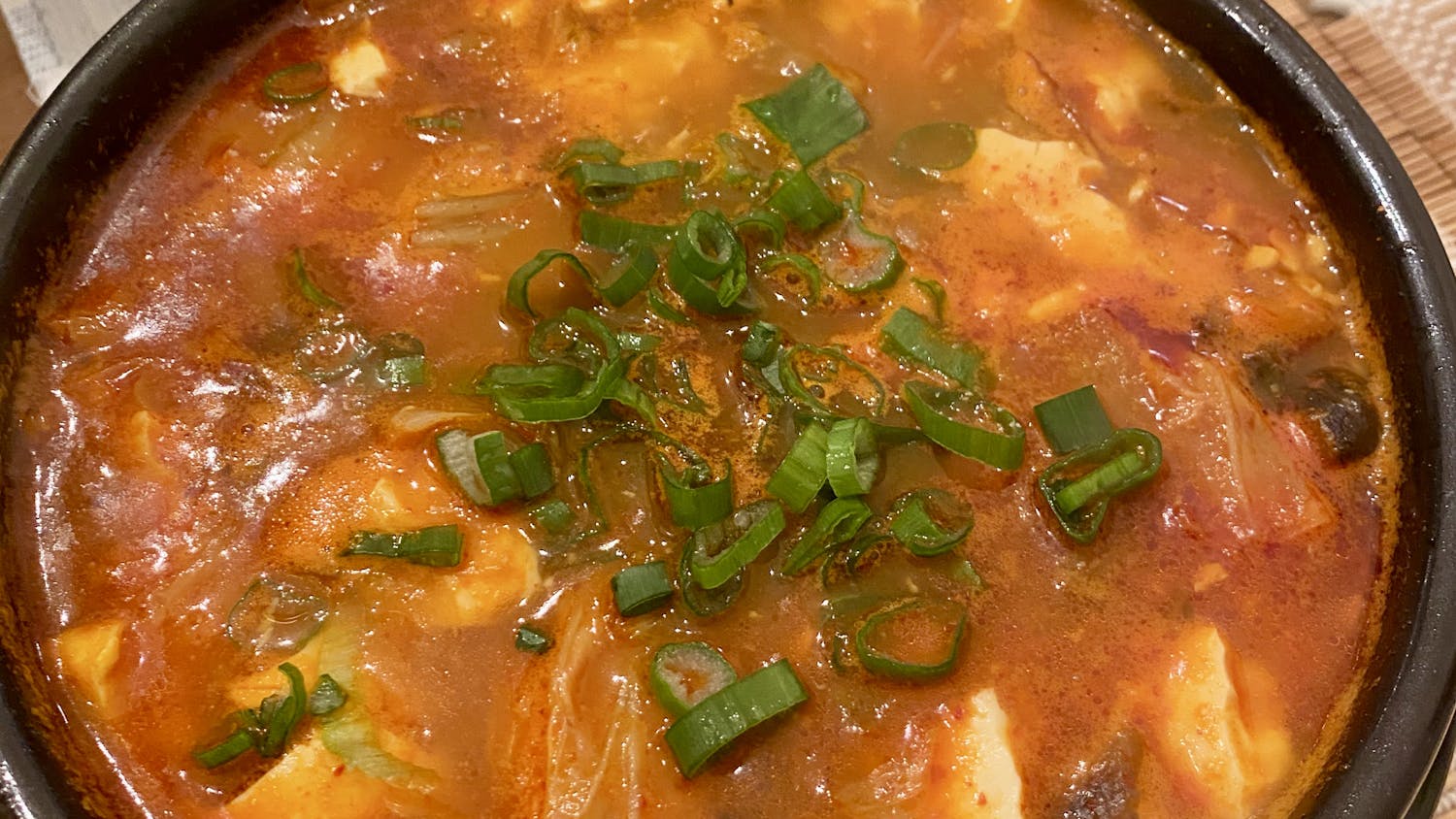MSG is making its revival. Formally known as monosodium glutamate, MSG is an additive, like salt or sugar, that is used as a food seasoning. Famous chefs like J. Kenji López-Alt and David Chang praise MSG for its unique umami flavor and encourage home cooks to try it. Samrit Nosrat, author of the bestselling cookbook “Salt, Fat, Acid, Heat,” claims that MSG is the “best $2 you can spend at the grocery store,” and I couldn’t agree more.
For Dartmouth students, cooking with new ingredients is a great way to experiment with flavor profiles and learn about different cultures. Having another type of seasoning in the cupboard opens the door for better-tasting food. For those who might not have access to high-quality produce or meats in the Upper Valley, MSG can enhance the flavors of other components of a dish and make home-cooked meals more flavorful. When I marinate meat or stir fry vegetables, people always ask what my “secret ingredient” is; in most cases, it’s MSG.
Chemically, MSG is derived from an amino acid, glutamate, combined with salt. It is created by fermenting a carbohydrate like starch, sugar beets, sugar cane or molasses. It comes in a white crystalline powder that looks like salt or sugar, and it has a very fine grainy texture. Its flavor is unmatched; it does not have a pronounced flavor on its own but brings a deep, intense savory taste to a dish. It enhances the flavor of the dish as a whole to make food taste more meaty, more savory and more robust.
MSG has quite a long and complicated history. Artificial MSG was first created in 1908 by a Japanese biochemist named Kikunae Ikeda. He was enamored with the savory flavor of kombu, a type of seaweed, and wanted to isolate the umami taste. Eventually, it made its way to the United States and changed global food systems. Particularly in the United States, it has a historical association with Chinese and Thai restaurants. Many Americans believe that the MSG in Asian restaurants results in headaches, migraines, weakness and thirst — also known as the “Chinese Restaurant Syndrome.” However, science has shown that the “syndrome” has little to no connection to MSG consumption. Although a select few have extreme sensitivities to MSG, studies show that MSG is safe to eat in the quantities found in food. “Chinese Restaurant Syndrome” is deeply rooted in xenophobia and has turned off many Americans from the idea of this ingredient.
Naturally, glutamate is found in a variety of different foods, including anchovies, egg yolks, parmesan cheese and shiitake mushrooms. Glutamate defines a full-bodied savoriness in these foods. Today, it is used widely across many different cuisines, and the food industry has capitalized on its taste. In the grocery store, soup bases, seasoning blends and certain snacks contain MSG as an ingredient, and fast food places like McDonalds and Popeyes use MSG as a flavor enhancer. Around campus, restaurants in Hanover like Sushiya, Base Camp Cafe, Tuk Tuk Thai, Han Fusion and Jewel of India claim to avoid using MSG, but it is time to start using this seasoning in home kitchens.
I started to use MSG at home a few years back, and I can confidently say that I am addicted. It adds such a great oomph that makes food taste so mouthwatering. I would start slowly, with only a quarter to a half of a teaspoon at a time. To name a few uses, I add it to nearly all my Chinese dishes: garlic eggplant, mapo tofu, fried rice. I use it in tomato sauces, simmered soups and tossed into roasted veggies. I often sprinkle some to marinate meat and burgers and I sneak it into lots of dips like french onion dip, spinach artichoke dip and even baba ganoush. In fact, I have found that MSG greatly enhances vegan or vegetarian food. Its taste makes meatless dishes taste meaty and less bland and vegetal. When I’m stewing beans or throwing together a tofu stir fry, a dash of MSG goes a long way.
Typically, I buy MSG at Yipings Asian Market in West Lebanon. It’s located down the street from Hannaford and it comes in a small red panda-shaped shaker in the seasoning aisle under the name AjiPanda made by Ajinomoto. Many of their seasoning blends have MSG in them as well, such as their white pepper salt and chicken bouillon cubes. Outside of Yipings, you can easily find it online on Amazon. Once you try it, it will become a kitchen staple that is hard to cook without.
In light of Asian American and Pacific Islander Heritage Month, I find it important to break down the stereotypes around MSG. MSG is not unhealthy in reasonable quantities, nor is it exclusively used in Chinese takeout restaurants. The misinformation around MSG has disproportionately hurt Asian restaurants and their restaurant owners, while American chains, like Kentucky Fried Chicken and Chick-fil-A, that also use MSG are not known for it and are unaffected by the MSG stigma. It is important to fight the misinformation around this additive in order to stop the negative associations with Chinese restaurants and improve the taste of food. It is a seasoning worth exploring and incorporating into home cooking, and I urge you to make the trip to Yipings or place an order online to deepen the flavor of your dishes.




